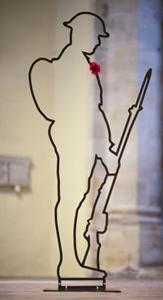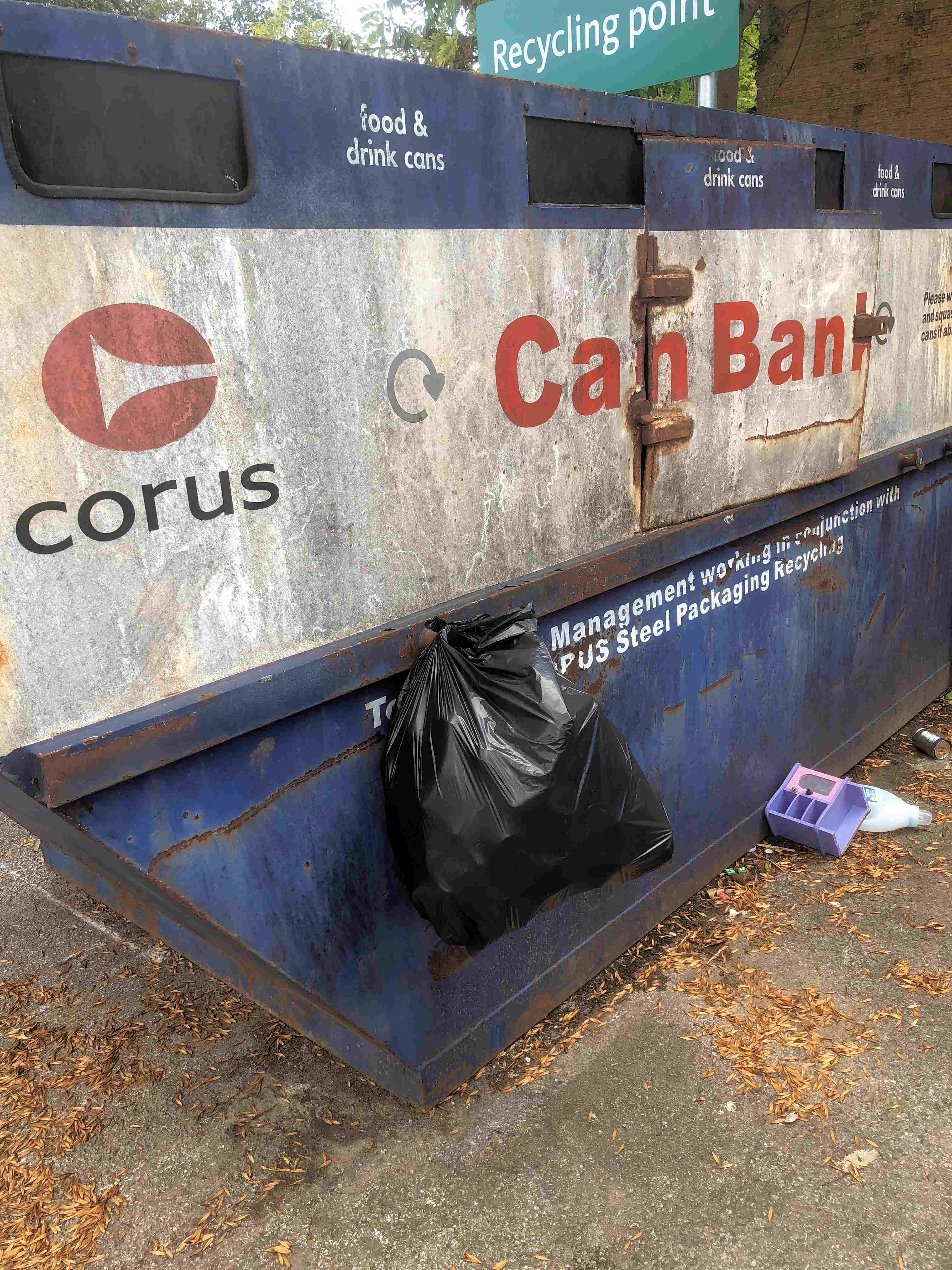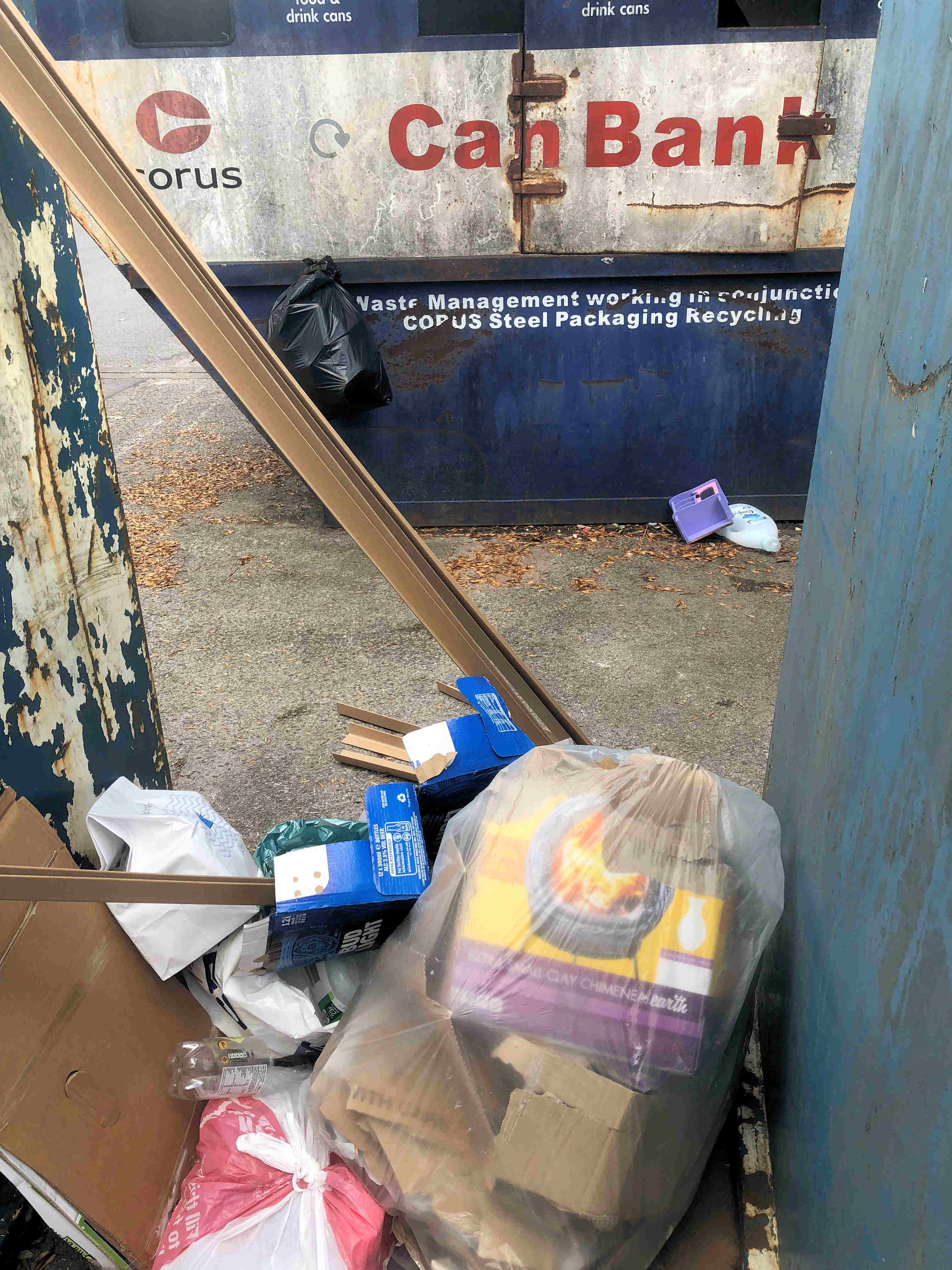In Westfield, Councillors have been consulting on installing a “Tommy” figure (on a temporary basis) next to the War Memorial on Acomb Green.
The tommy art installation has seen silhouettes of First World War ‘tommy’ soliders appearing at locations across the country, including at the Tower of London and on the Giant’s Causeway in Northern Ireland.
The installations are a poignant reminder of the 888,246 British and Commonwealth soldiers – 1447 men and women from York – who died and of those who survived but suffered physical and mental scars. The silhouettes will tour the nation until Armistice Day to raise funds for a new charity called Remembered.
York’s tommy statue has been placed outside the customer entrance to West Offices, Station Rise.
The statue is part of York’s commemorations to mark 100 years since the end of the First World War. The city will host over 70 events, projects and exhibitions as part of a programme of events called York Remembers: lifting the shadow of the First World War.
The official programme for York remembers: Lifting the shadow of the First World War is available online at www.york.gov.uk/WW1Commemorations
The money raised from the tommy statues will be shared evenly between The Royal Foundation: Heads Together, Walking With The Wounded, Combat Stress, Help for Heroes: Hidden Wounds, The Commonwealth War Graves Foundation and Project Equinox: Housing Veterans.
For more information on the there but not there campaign visit www.therebutnotthere.org.uk/
In Westfield residents have giving their views on how the Acomb War Memorial gardenson The Green could be improved. 
Work is progressing on repairing the stonework on the Acomb War Memorial itself. The work, being undertaken by the Civic Trust, is expected to be completed by 11th November.
In a survey local Councillors asked what other improvements might be made.
The most popular suggestion was the provision of an interpretation board. This will be pursued if a sponsor comes forward. The cost would be around £1500.
The second most popular suggestion was the extension of the paving to form a path to the memorial from the entrance. At the moment access for wheelchair users is awkward.
Also popular was a proposal to crown thin the trees on the site. This would allow more sunlight into the garden and prompt more flower growth.
Both these suggestions are being followed up with the intention of the work being funded by the ward committee.
Tow other suggestions are under review. The WW1 Centenary “Tommy” figure (a silhouette of a soldier on perspex being promoted by the Royal British Legion) was intended only for a temporary display to mark the end of WW1.
Provision of a centenary seat attracted concerns from some residents who thought that it might become focal point for anti social behaviour.

 York is supporting the national ‘there but not there’ appeal to raise £15 million for Armed Forces and mental health charities with its own tommy statue.
York is supporting the national ‘there but not there’ appeal to raise £15 million for Armed Forces and mental health charities with its own tommy statue.



